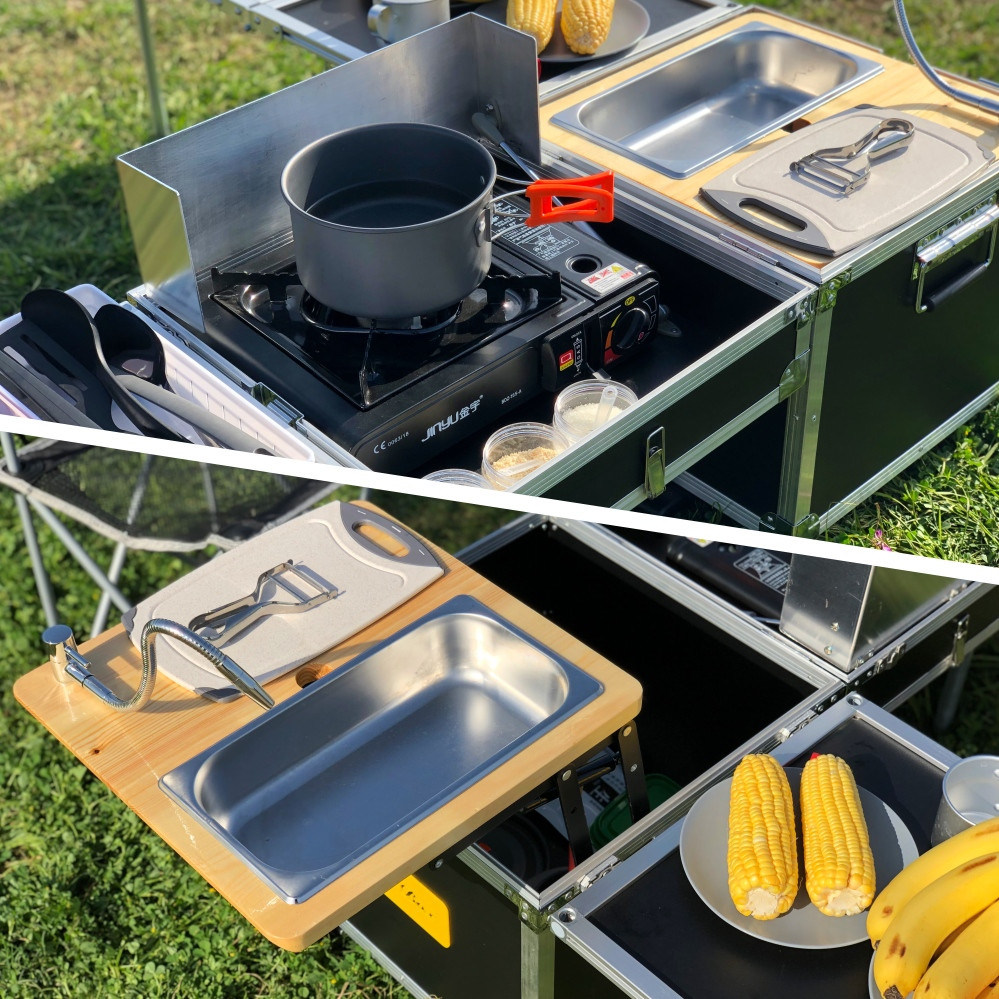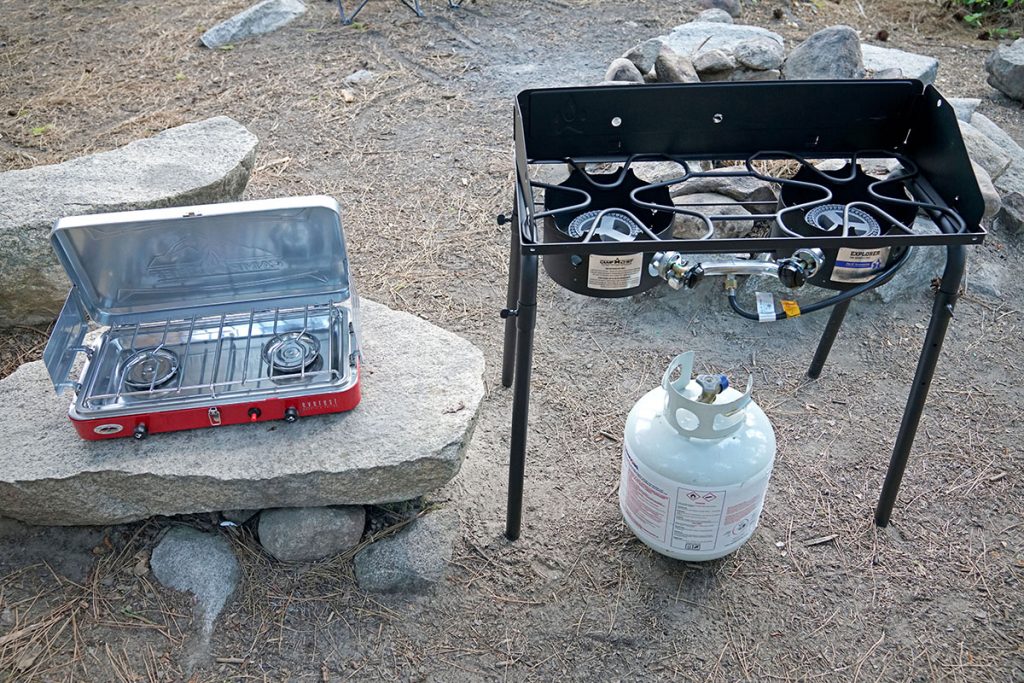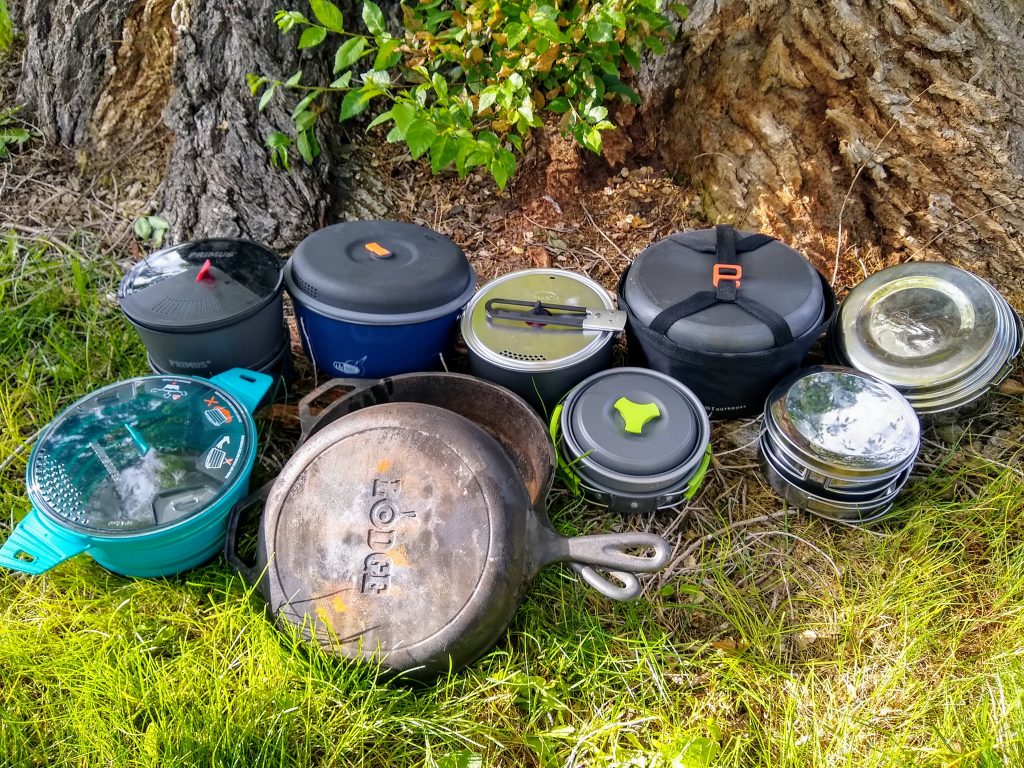Essential Elements of a Portable Camping Kitchen
There’s nothing like waking up on your camping trip to the delicious smell of bacon, eggs and coffee. The only thing better would be enjoying your freshly cooked meal along with a beautiful sunrise at the Blue Mountains. However, in order to get there and enjoy your outdoor culinary endeavours, you will need to do a lot of planning and preparation.

For one, assembling your portable camping kitchen isn’t as easy as it sounds, as the outdoors call for different types of appliances and utensils than those that you use at home. When making a list of all the camping essentials you will need on your trip, follow these tips on how to assemble your camp kitchen.
How to Choose a Camping Stove?
The right camping stove is the most important part when creating a portable outdoor kitchen. There are many factors that you need to consider when choosing one – the number of people you’re cooking for, the types of meals you will be cooking, how far you will need to carry it, etc. To help you decide on the type of camping stove that you need, I will break down the main considerations that go into choosing one.
Stove Style
The first thing you need to consider is whether you want a freestanding model with legs or a portable tabletop design. Freestanding stoves are heavier and generate more heat than tabletop units. They’re a great option if you need more power for cooking. You can also set them up anywhere, without the need to search for a flat surface or take up your food-prep space with the stove. Tabletop stoves, on the other hand, are more portable, smaller and more compact.
Number of Burners
The next step is figuring out how many burners you need. The most popular and convenient choice is going for two burners. However, if you plan on cooking multiple things at once, you can opt for a three-burner stove. For quick trips with one to three people you can also consider a one-burner stove. These are more lightweight, take up less space and offer you more convenience when you don’t plan on cooking a lot on your trip.
Fuel Type and Capacity

The two types of fuel people often use when camping are propane gas fuel and liquid fuel. You can easily find gas fuel in an outdoor or big-box retail store, or at gas stations. One 0.5l bottle should be enough for a whole trip, but it’s always a good idea to bring back-up. Apart from the fuel, you will also need an adapter and a hose that connect to the stove. Even though gas is among the best options for camping, it’s not ideal for colder weather conditions. If you’re planning on camping during the winter, it’s best to go for liquid fuel. The stoves powered by liquid fuel perform much better at lower temperatures that the gas-powered stoves.
How to Choose Camping Cookware?
When it comes to choosing cookware for your portable outdoor kitchen, many people wonder if they can simply use their normal pans instead of purchasing a special set for camping. Although you can use any type of pan on your camping stove, it’s best to use a cast iron, aluminium or stainless-steel pan. Using any ordinary pan you have at home puts you at the risk of damaging it, whereas these camping pans are sturdy, durable and better suited for cooking outdoors. Choosing the right pans is especially important if you plan to cook on an open flame, which can significantly damage your cookware. To help you choose the cookware that is best suited for you, follow these tips:

- Look for something that is easily packable. If you’ve been camping before, you know that the equipment takes up a lot of space. Think about what kind of food you will be preparing and find an easily packable set of cookware that will suit your needs.
- Go lightweight. If you need to hike to get to your camping spot, it’s important that you pack lightweight equipment. Today you can find modern camping pans that are light, sturdy and durable at the same time.
- Get a set that has covers. When you’re cooking outdoors, it’s important that you have covers for your cookware. When you cover your food, you prevent the smell from attracting any unwanted visitors (such as bears and other dangerous wildlife). This also helps to keep bugs away and keeps your meals warm for longer.
Tableware for Camping
Similar to choosing a set of cookware, you will need a specific type of tableware for camping. While you might consider bringing your everyday utensils, they’re not ideal for use in the wild. These are much heavier than tableware meant for camping, so they will make travel more difficult. They’re also not as sturdy and can easily break if you accidentally drop them.
Melamine tableware is one of the most popular choices for camping. These dishes are lightweight, durable, dishwasher-safe and temperature resistant. They will last you for years without getting damaged. Many plastic dishes on today’s market are unsafe for serving food; however, studies show that melamine is one of the safest types of plastic for tableware.
If you’re looking for a more eco-friendly solution, you can instead go for bamboo tableware, which offers you the same benefits without posing harm to the environment.